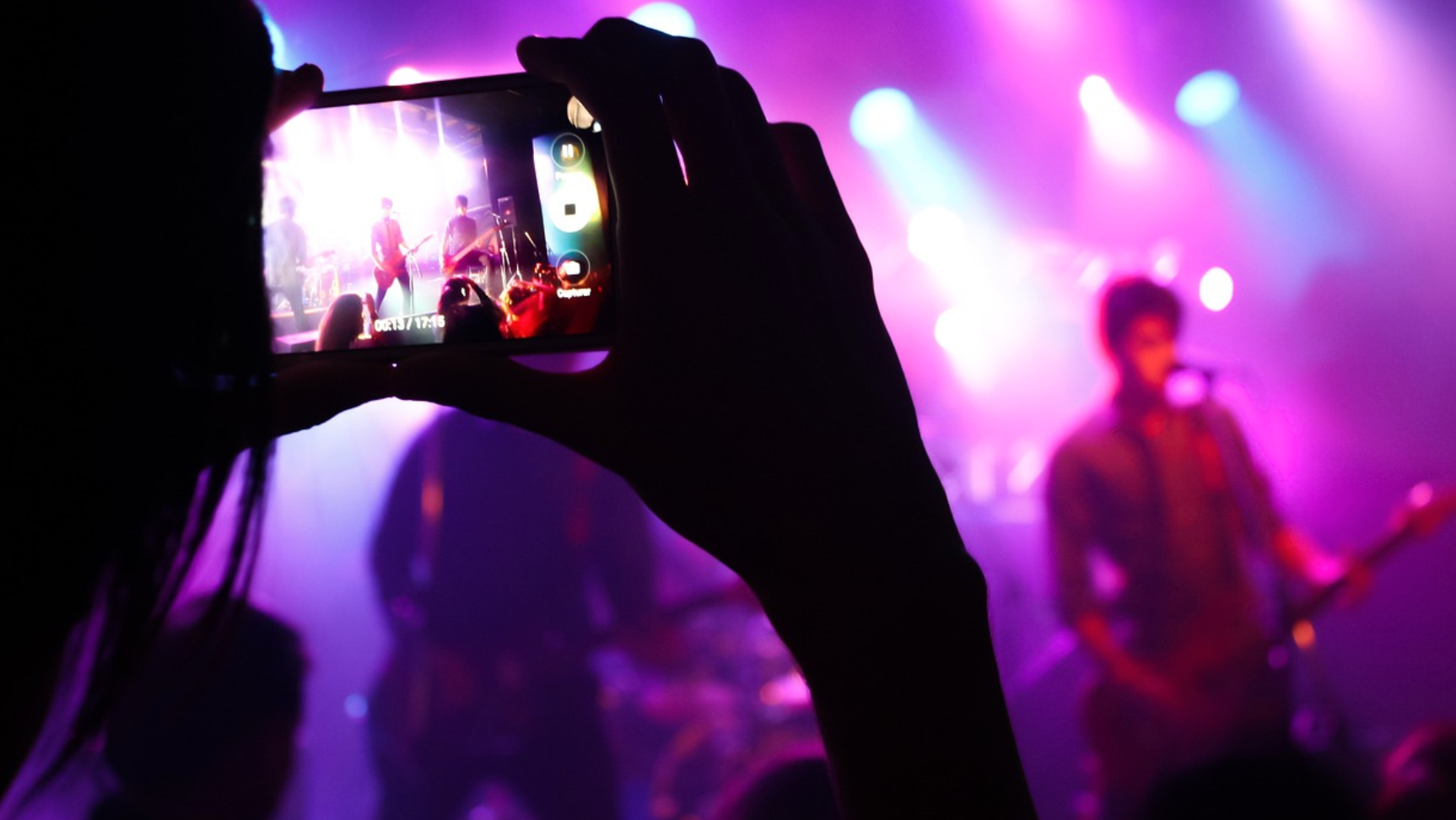I’m with the band: How brands can elevate artists and reach Aussie Gen Z through live music
Australia’s live music scene is undergoing a transformation right now. Lucinda O’Brien, senior creative strategist at Amplify, explains how brands can leverage this to reach Gen Z.
Australia’s live music scene is undergoing a transformation right now. While homegrown festivals like Falls, Groovin the Moo and now Splendour in the Grass are being cancelled, international acts are selling out stadiums across the country.

In a time where it’s becoming near impossible to leave the house without spending at least $50, Gen Z continue to prioritise live music as part of their spending – they’re just prioritising going big on single acts over multi-genre, multi-stage festivals. There’s no better example than when Taylor Swift came to Australia earlier this year. We saw first-hand the economic phenomenon that is the Eras Tour. Whereby fans spent not only on tickets across multiple nights but also investing in custom outfits, interstate travel, and accommodation.
So as audience preferences shift and the broader Aussie live music scene continues to adapt, what role can brands play to reach Gen Z and build cultural credibility sustainably?

